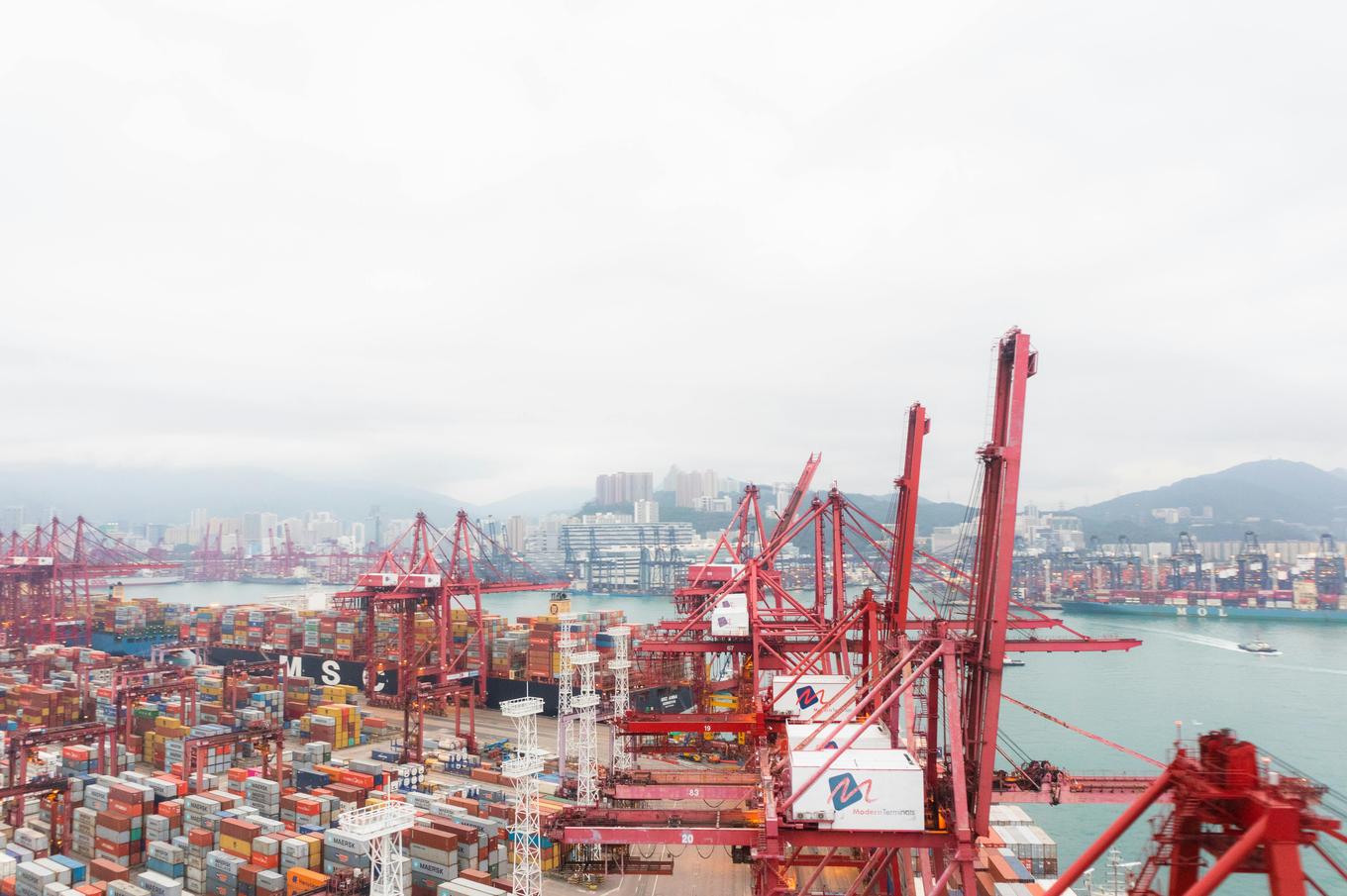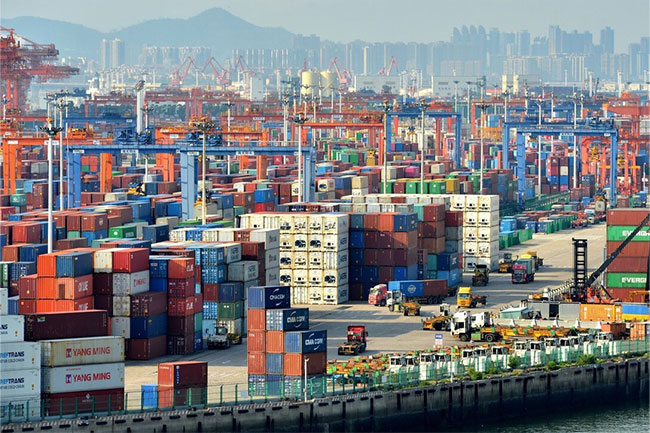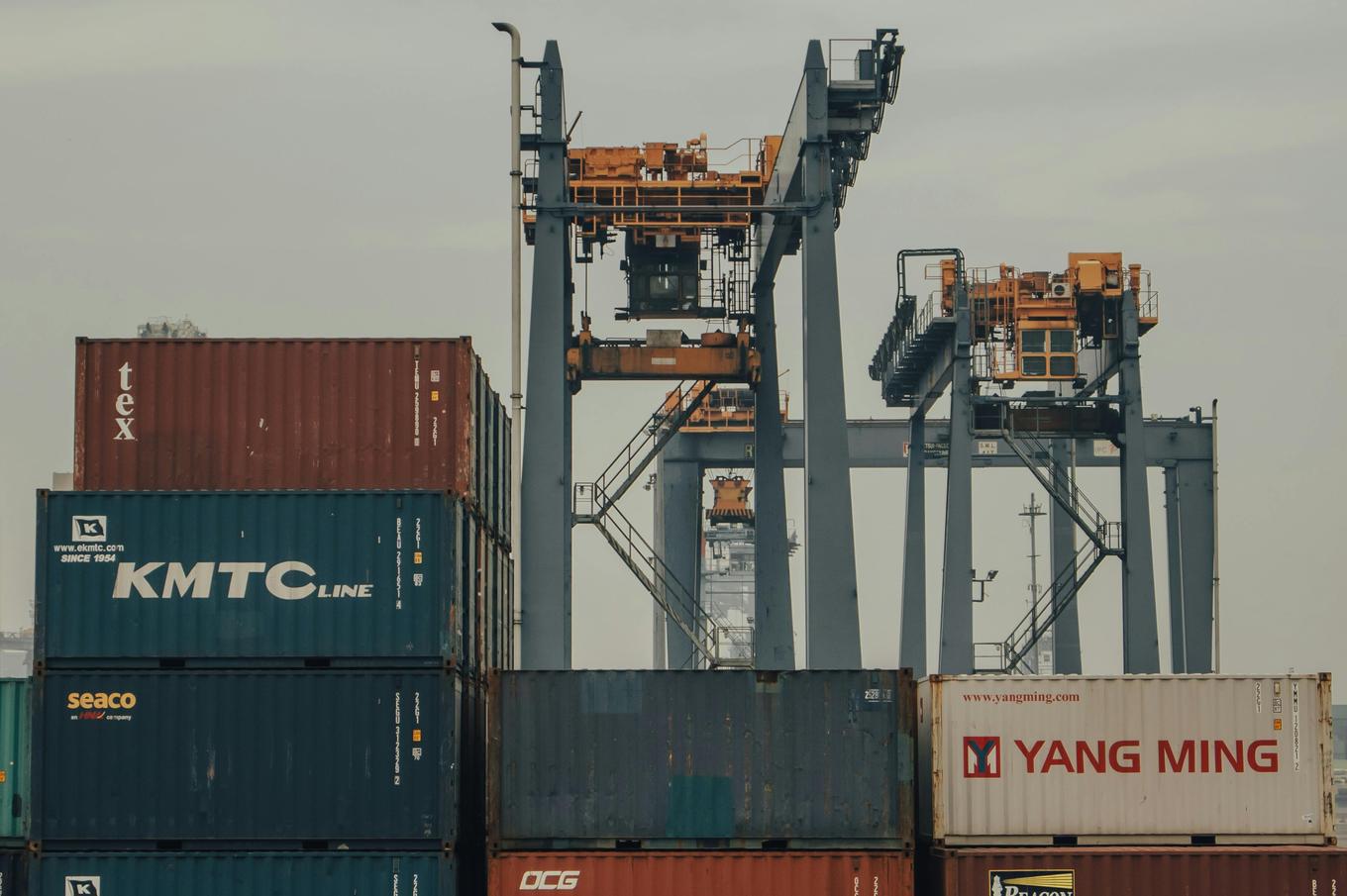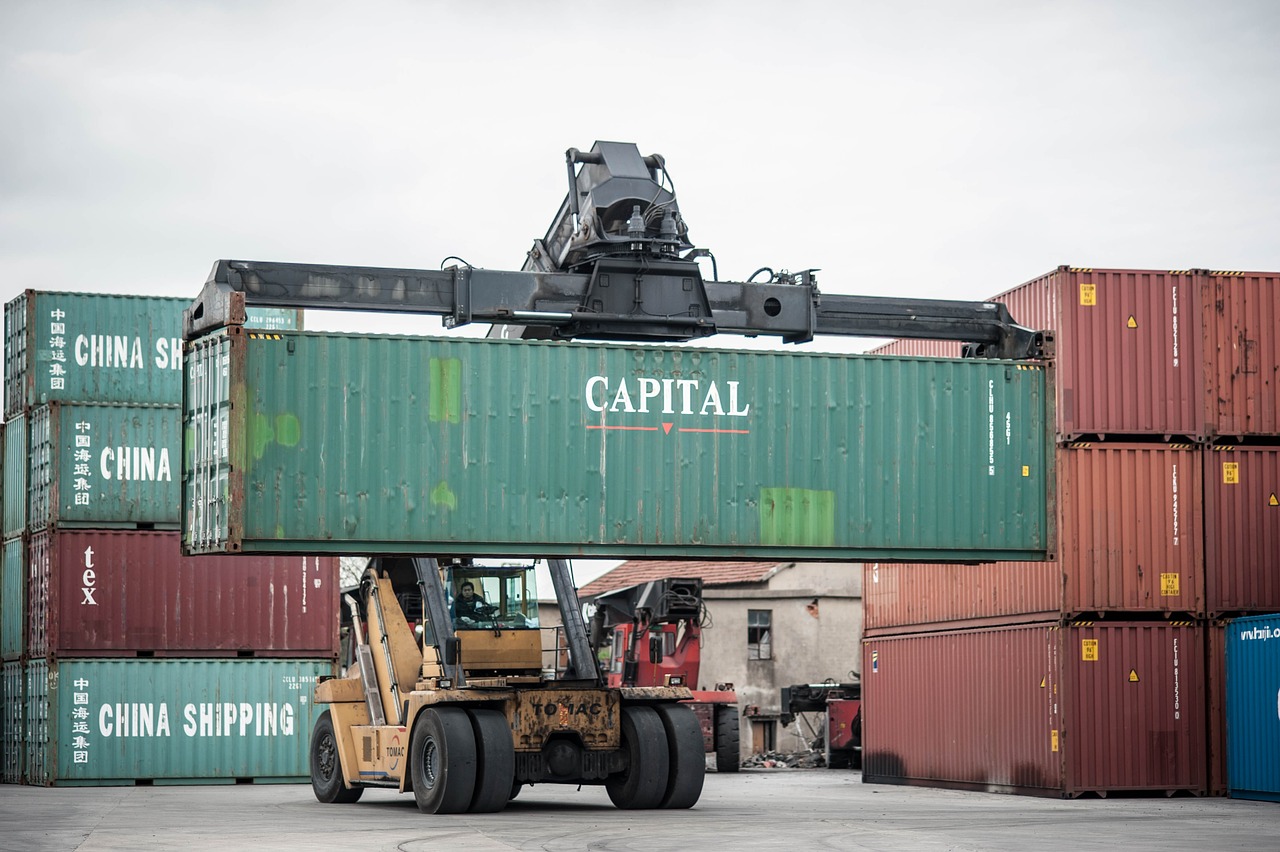- Shanghai Zhongshen International Trading Co., Ltd. – Your reliable partner with 20 years of import/export agency service expertise.
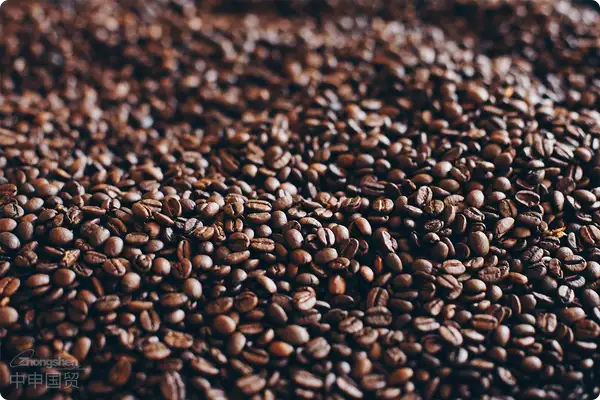
How to Choose a Reliable Coffee Customs Clearance Agent?
Select to haveCustoms Declaration Qualifications for Food ProductsThe choice of agency is crucial. It is necessary to verify whether it holds:
- Customs AEO certification qualification
- FoodImport and exportRecord-Filing Registration Certificate
- International Trade Compliance Management System Certification
It is recommended to request the agent to provide customs clearance cases for coffee-related products over the past three years, especially the 2024 clearance records from major origins such as Brazil and Colombia. According to the latest WTO data, 67% of global coffee customs clearance delays in 2024 were due to incomplete agent qualifications.
coffeeImport customs declarationWhat are the core files required?
Starting in 2025, China will implementElectronic Traceability Management System, the required documents include:
- Origin CertificateBook (must include baking process instructions)
- Sanitary/Quarantine Certificate (latest requirement: 8 microbial testing indicators)
- Component Analysis Report (caffeine content percentage must be indicated)
- Fumigation Certificate (wooden packaging must comply with ISPM15 standards)
coffeeExport ClearanceWhat are the special requirements?
Different target markets have differentiated requirements:
- European Union:
- A 62-item pesticide residue test report must be provided.
- Packaging materials must be FDA-approved.
- Middle Eastern countries:
- Halal certification documents must be submitted
- The packaging must be printed with instructions in Arabic.
The 2024 case shows that 23% of coffee export returns were caused by failure to update to the latest food-labeling regulations of the destination country.
How long does the customs clearance process take?
Standard Customs Clearance Process (2025 Latest Customs Processing Time):
- Document pre-screening: 1–3 business days
- On-site inspection: The sampling rate has been increased from 15% in 2023 to 25%.
- Laboratory Testing: Routine items within 5 working days, special tests within 7–10 days
- Tax and fee payment: Electronic payment is completed instantly
the ASEAN Single Window (ASW)Advance declaration + consolidated tax collectionThis model can reduce overall lead time by 40%. Pilot data from 2024 show that it saves companies an average of RMB 120,000 per order in warehousing costs.
How to Handle Common Risks in Coffee Customs Clearance?
Based on 20 years of agency experience, the high-incidence risks include:
- Claim for Quality Discrepancy:
- It is recommended to conduct third-party quality verification before shipment.
- Tariff Classification Dispute:
- The tax rate difference between roasted coffee and green beans reaches 8%.
- Transport temperature control failure:
- Only ISO1496-certified temperature-controlled containers may be used
Customs General Administration data for 2024 show that the error rate in coffee import declarations fell by 18% compared with 2023, thanks to the rollout of an intelligent classification system.
What changes will there be to the 2025 tariff policy?
According to the latest free trade agreement:
- ASEAN countries cut green-bean import tariffs to 3%
- RCEP member countries expand tariff concessions on roasted coffee to 8%
- New 5% preferential tariff quota for East African countries
It is recommended to utilizeRules of Origin AccumulationOptimize the supply chain. Taking Vietnamese roasted coffee as an example, using 40% Chinese-sourced raw materials qualifies for zero tariffs.
How to reduce coffee import and export costs?
Three Cost-Optimization Strategies:
- Logistics solution optimization:
- Maritime transport+China-Europe Railway ExpressCombined transport can reduce costs by 23%.
- Tariff Planning:
- Make rational use of the provisional tariff policy
- Packaging Innovation:
- Using recyclable containers can save 15% on packaging costs
2024年 actual cases show that, through end-to-end supply chain optimization, a Yunnan coffee exporter reduced its per-container cost by $12,000.
? 2025. All Rights Reserved.
